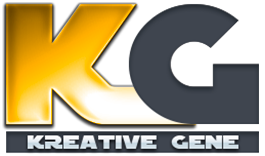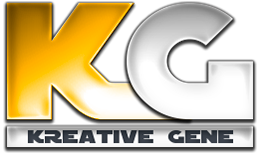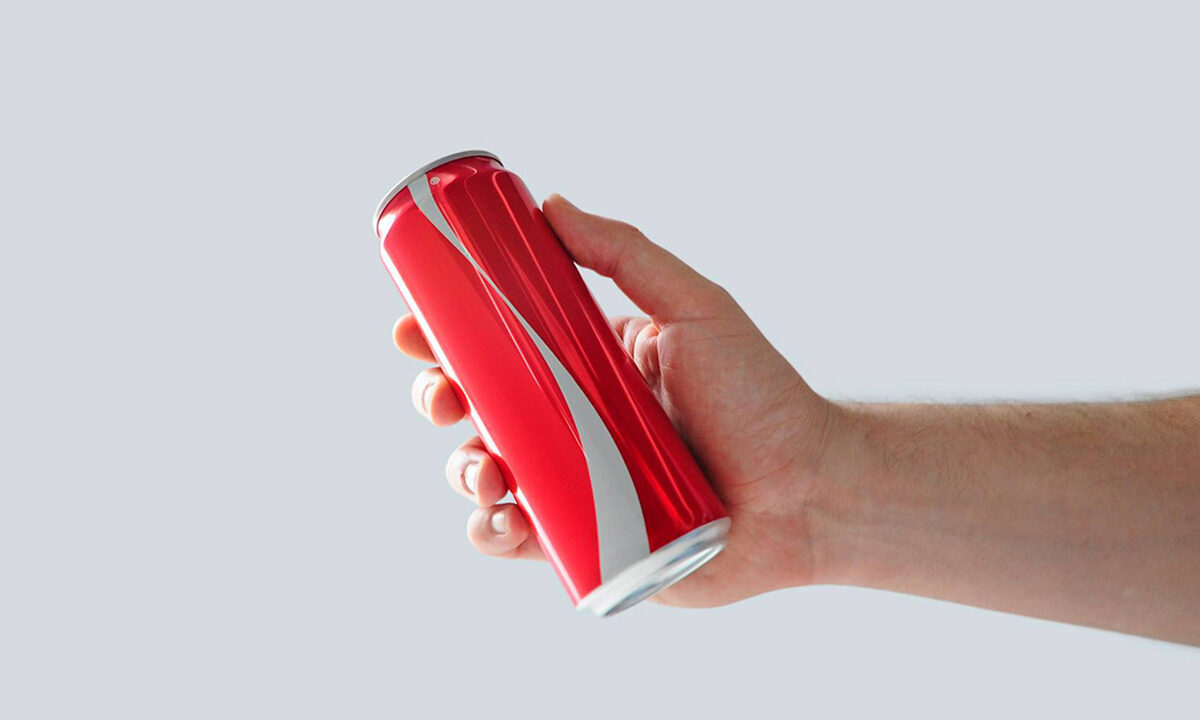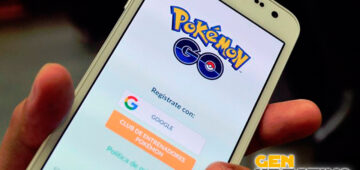A BRAND IS MUCH MORE THAN A LOGO AND ITS CORPORATE IMAGE COME INTO GAME COLOR, PATTERNS, TYPES, FORMS, TEXTURES, SERVICE, ATTITUDE
The latest trend in branding of the most important companies in the world is called the “No-logo” and consists of making disappear its traditional anagram to represent the brand with a set of images, colors, style … that make it recognizable. According to 99 Designs, the most important online design website in the world, this is an area in which designers must work in a broader way, looking for new elements to focus on.
The latest trend in branding of the most important companies in the world is called the “No-logo” and consists of making disappear its traditional anagram to represent the brand with a set of images, colors, style … that make it recognizable. According to 99 Designs, the most important online design website in the world, this is an area in which designers must work in a broader way, looking for new elements to focus on.
In 2009, the Los Angeles clothing company Freshjive decided to give the brand a new focus. How they did it? They got rid of their logo and they did not replace it. Since 2010, no logo appears on your clothes, your labels, your website, or anywhere else. Ten years after the publication of No Logo by Naomi Klein, Freshjive became an unbranded company, and proved that it could be done.
Not only is Freshjive’s bet to work, it also seems to have led a much bigger trend. Another example is Abercrombie, a much larger company within the clothing industry. Any American who spent his teenage years in the 2000s, surely remember his logo: the silhouette of a moose, embroidered on all clothes, from shirts to underwear.
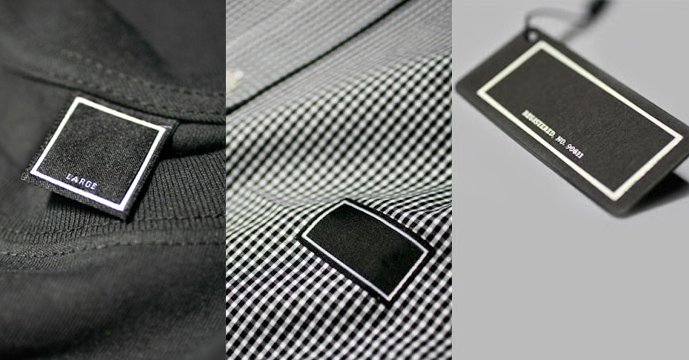
Fifteen years ago, the brand had immense symbolic value, but not anymore. In 2014, the CEO of Abercrombie, announced that the company would withdraw the logo of all products sold in America. It was not because the image of the moose had lost relevance, but because the fact of “having a logo” was hurting the company when it comes to selling clothes. Young people were looking for brands that were less focused on a logo, such as h & m or Zara.
The phenomenon of non-logo is spreading out of the fashion market. This summer, Coca-Cola removed the letters of its iconic logo, in the cans of the countries of the Middle East, changing them by the phrase “the logos are for the cans, not for the people”.
A similar campaign followed in the western markets, where the Coca-Cola cans replaced the logo with the phrase “Share a Coke with”, followed by a name or a phrase (ie, “Emma”, “a friend “,” Superwoman “…).
But do these examples necessarily mean that there is a real change?s
What is happening and what does it mean for designers?
Thinking about branding is usually associated with a logo. In fact, designers usually start there when it comes to work. However, a brand is much more than a logo, and color, patterns, types, shapes, textures, service, attitude come into play …
The trend of non-logo makes design professionals focus on all aspects associated with a brand and thus, build a much more durable and exportable history to all formats,” says Sol Fauquier, Country Manager of 99 Designs Spain
Coca-Cola and Apple have done such a good job defining the aesthetics of their brand that they do not need to trust their logo. The red can and white ribbon make it clear at all times what soda you are drinking. The fine aluminum casing and the Yosemite Valley wallpaper leave no doubt about the computer and operating system you’re buying.

Many other brands have succeeded in creating multi-purpose brands, Burberry and its beige tartan, the photography style and the red background of the McDonalds hamburgers, doors that go up from Lamborgini, the Scandinavian style in any Ikea photograph …
There is no doubt that the logos are many years away, but its apogee seems to be over. To stay up-to-date, designers will have to embrace the brand in a broader sense, looking for new ways to establish identity and appealing to the memory of consumers using a wide variety of visual and other tools.
SOURCE : Puro Marketing

